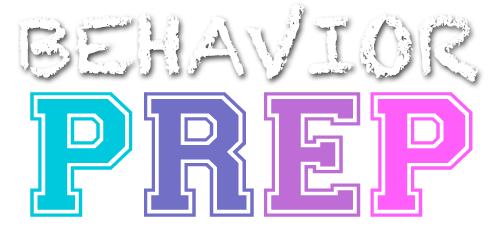G.6. Design and evaluate procedures to produce simple and conditional discriminations.
Designing and evaluating procedures to produce simple and conditional discrimination involves teaching individuals to distinguish between stimuli and respond appropriately. Simple discrimination consists of responding to one specific stimulus, while conditional discrimination involves responding correctly based on the context or presence of additional stimuli.
- Identify the Target Stimulus
- Definition: Choose a specific stimulus you want the individual to discriminate (e.g., color, shape, or object).
- Action: Select the target stimulus the individual will learn to respond to. For example, teaching the child to identify the color “red.”
- Select Reinforcement
- Definition: Choose an effective reinforcer to motivate the individual to respond correctly.
- Action: Identify a reinforcer that will be used when the individual makes the correct choice (e.g., praise, tokens, or a preferred activity).
- Definition: Choose an effective reinforcer to motivate the individual to respond correctly.
- Present the Target and Distractor Stimuli
- Definition: Arrange the environment to present both the target stimulus and a non-target (distractor) stimulus simultaneously.
- Action: Place two or more items in front of the individual, such as a red card (target stimulus) and a blue card (distractor). Ensure that the individual must choose between them.
- Deliver Reinforcement for Correct Responses
- Definition: Provide reinforcement when the individual selects the correct stimulus.
- Action: If the individual selects the red card, immediately deliver the chosen reinforcement, such as verbal praise (“Good job! You chose red!”) or a token.
- Provide Error Correction (if needed):
- Definition: If the individual makes an incorrect choice, implement a correction procedure to ensure learning.
- Action: If the individual selects the wrong card, provide a prompt to correct the response (e.g., gesture towards the red card) and allow them to choose the correct option, followed by reinforcement.
- Repeat and Vary Trials
- Definition: Conduct multiple trials to ensure learning and vary the position or presentation of the stimuli.
- Action: Repeat the discrimination task several times, moving the target and distractor cards around to ensure the individual is learning to discriminate based on the stimulus and not its position.
